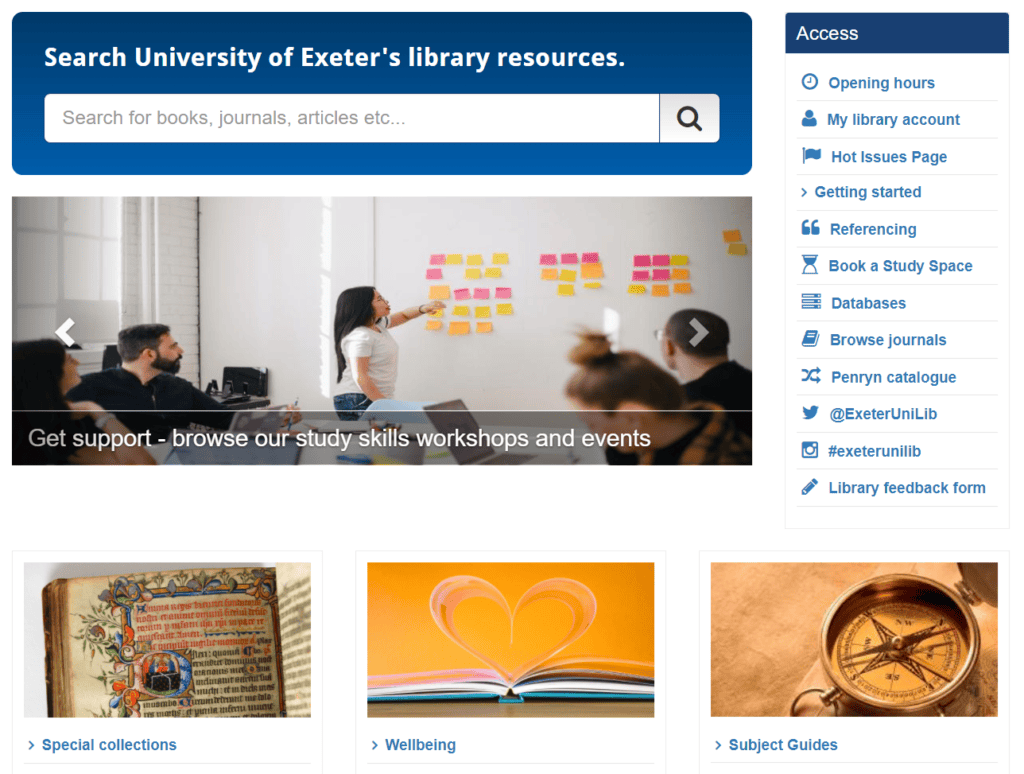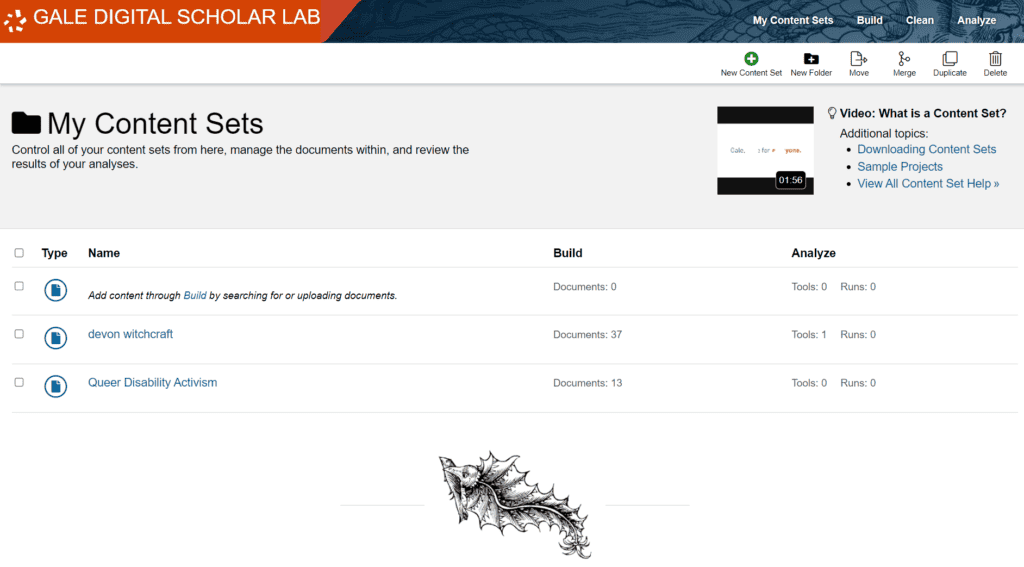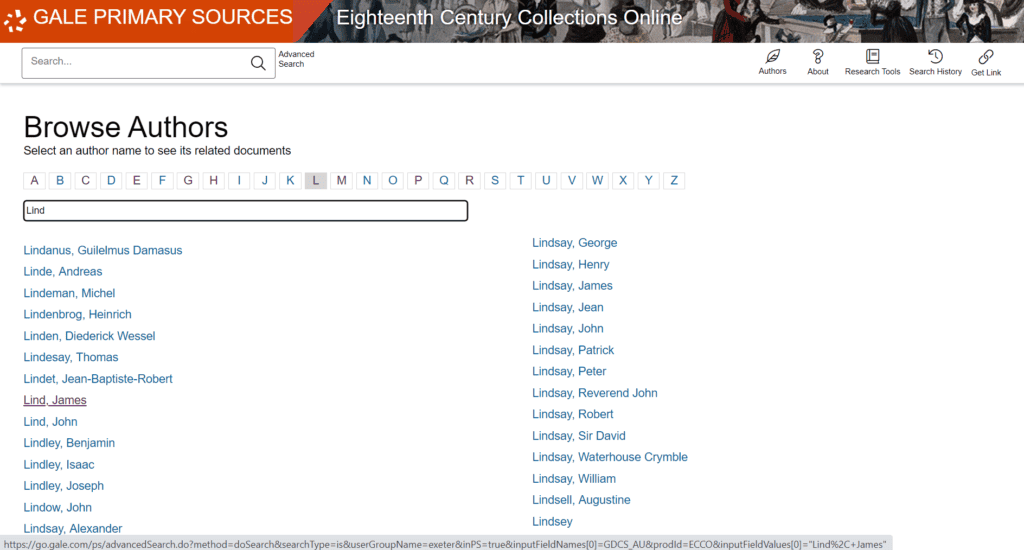│By Mo Clarke, Gale Ambassador at the University of Exeter│
Moving from undergraduate to postgraduate study can be challenging. Students are expected to undertake more original research at postgraduate level, contributing to ideas within their field rather than simply explaining them. For history students like myself, engaging with primary sources is particularly important.
The need to locate primary sources more quickly and efficiently
Early on in my undergraduate degree at the University of Exeter, my tutors encouraged us to focus upon existing scholarship, or secondary sources, increasing our knowledge by engaging with existing arguments. Primary source analyses were assigned as separate pieces of work. As my degree continued, I more frequently combined primary and secondary source analysis, culminating in an original dissertation which relied upon both. At MA level, all of our work is expected to be at that standard, which can be challenging when our workload has also increased. Thus we’re under pressure to locate appropriate primary sources more quickly and efficiently, as we must utilise them in the majority of our work.
There are lots of resources available which can help. University libraries have more than just books, which I discovered distressingly late into my degree! They often offer study and research skills workshops, as well as providing access to resources including topic and subject-based reading lists, academic advice, and digital archives and collections, including Gale Primary Sources, which can usually be found through your library website.
A wide variety of materials
Digital archives are excellent for locating primary sources, not just because they don’t require physical travel – though of course this is useful in the context of many students’ financial limitations and time constraints – but because they provide such a wide variety of materials. Some of the archives I’ve used are Eighteenth Century Collections Online, the British Library Newspapers Collection, Archives of Sexuality and Gender, and Crime, Punishment, and Popular Culture, 1790-1920.
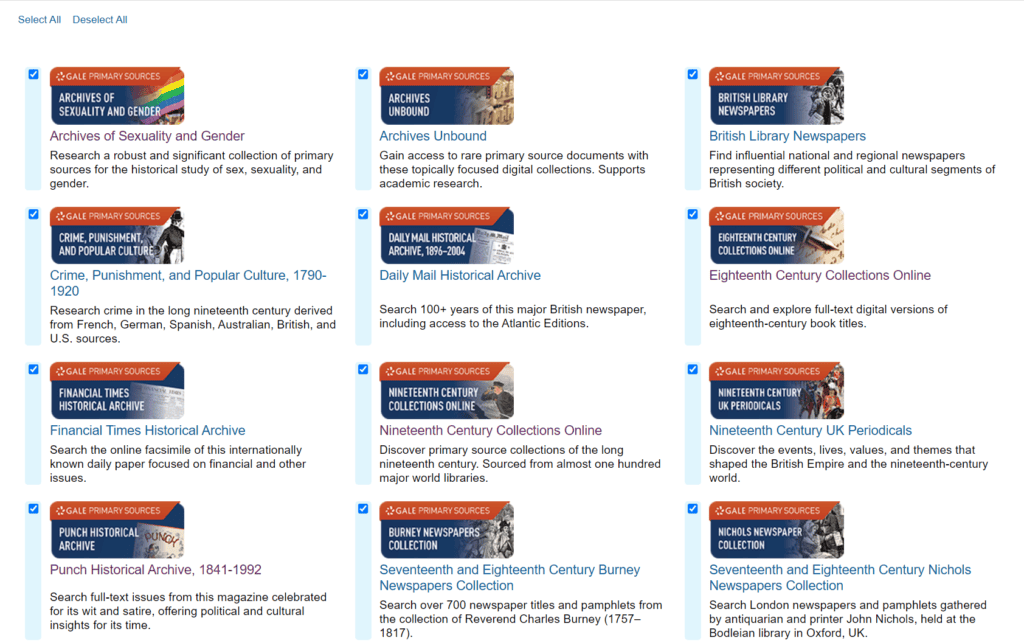
The benefits of cross-searching archives
As part of my MA dissertation I’m looking into perceptions of “female husbands” – assigned-female-at-birth individuals who lived as men and married women – in the nineteenth and twentieth century. A variety of newspaper articles showed that while many physicians worried about the concept of gender inversion, newspapers often treated these individuals as entertaining marvels rather than medical subjects. Being able to cross-search multiple newspaper archives sped up the process of coming to this conclusion and made comparison easier. Rather than having to attend multiple archives throughout the country, these newspapers could all be accessed in the space of one afternoon.
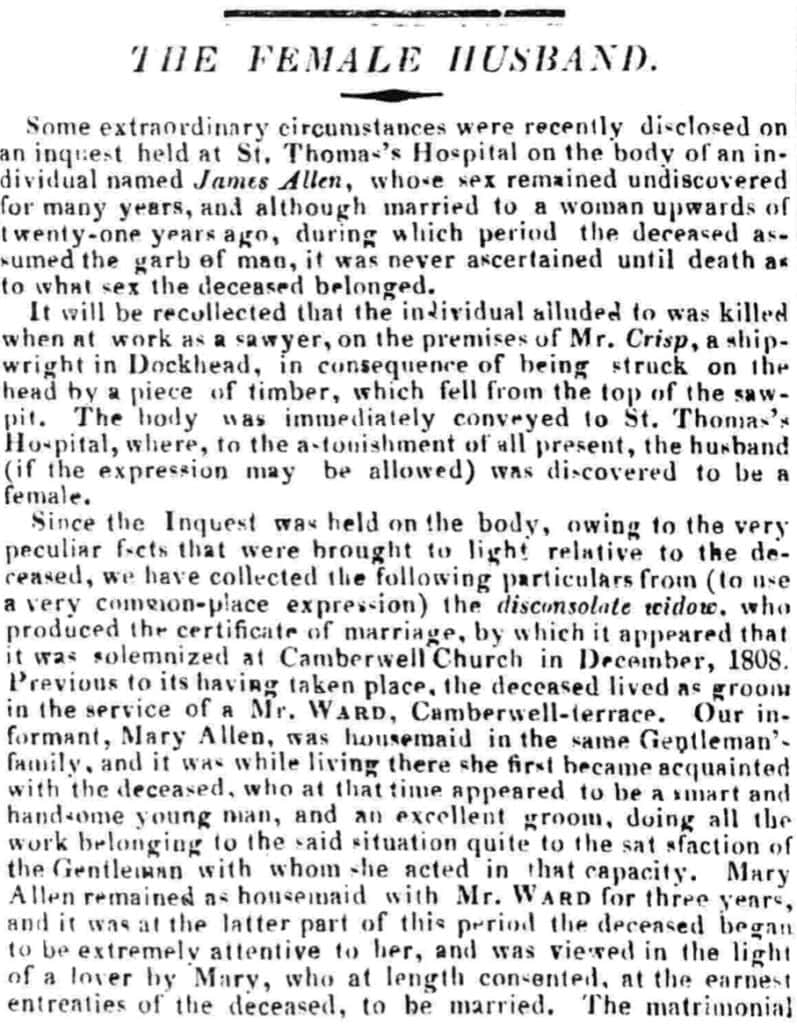
Digital archives have their drawbacks. The sheer number of sources can be overwhelming, especially when a single search produces tens of thousands of results. It would be impossible to look at them all. This makes it difficult to choose which ones to use; it is sometimes easy to grab the most obvious source and use that rather than locate something more nuanced or specific to the question you are trying to answer. Using only the most accessible sources can lead to blind spots in your argument, or neglect of the perfect source.
There are ways to get past this problem. I use the Advanced Search function to narrow down results: I can search for multiple words at once, add restrictions to my search, such as publication date, country of publication, language, and type of content. I can also choose which archives to search, applying my search to multiple archives or just one. For example, when researching “female husbands”, I used the Advanced Search to select multiple keywords and select specific archives to which I wanted to apply the search.
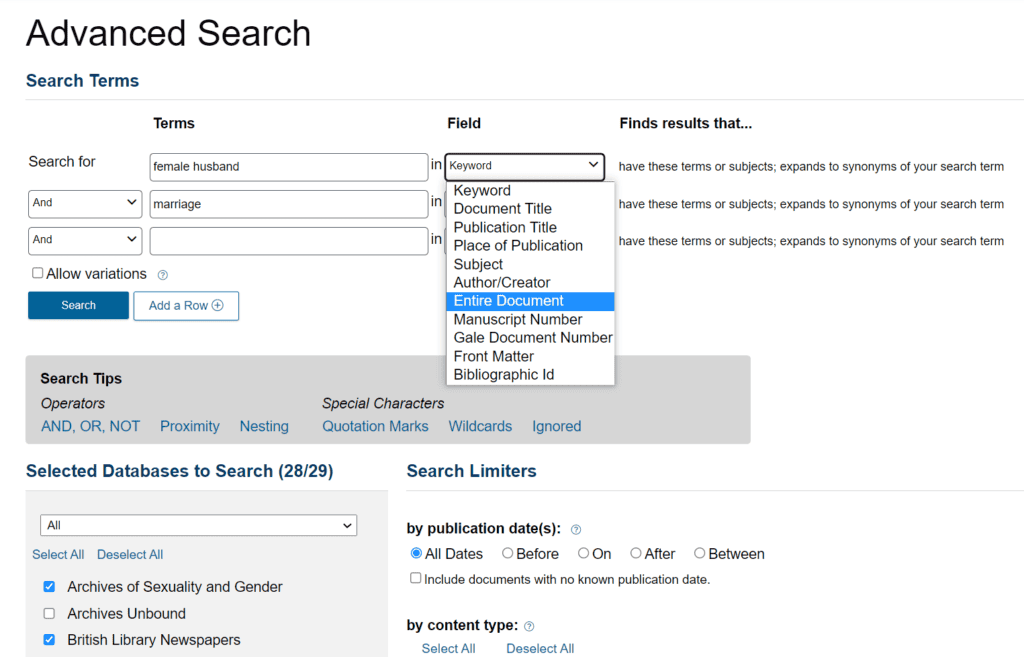
Compiling, saving and organising your sources
Some university libraries also provide access to the Gale Digital Scholar Lab, a digital humanities resource that includes tools for data mining and text analysis, but the Lab doesn’t necessarily need to be used for this. Some of the tools have multiple uses! For example, one feature of the Lab is the ability to compile, save and organise sources you want to return to in “Content Sets”. You can later apply analytical tools to the sources within the Content Set or, like me, use Content Sets to help you organise the vast quantities of primary source material one needs to engage with at Master’s degree level.
Alternative means of locating sources
There are other ways to locate sources than through the search functions. I often research historical writers and decide which ones to pursue before I begin searching the archives. This can be particularly useful when looking for eighteenth-century sources. Eighteenth Century Collections Online contains every significant text written within the period, so will almost certainly include works by that writer. If I know what writer I am planning on using, I will go directly to the A-Z to locate these works.
For example, one of my current modules is on the British navy in the long eighteenth century. When looking for sources for an essay on scurvy disease on ships, I researched key authors before approaching the archive and decided I wanted to read work by James Lind. I then went to the A-Z list of authors to find all the texts in the archive that he had authored.
To narrow down even further, I searched within individual texts for relevant keywords, using the search bar in the panel alongside the primary source:
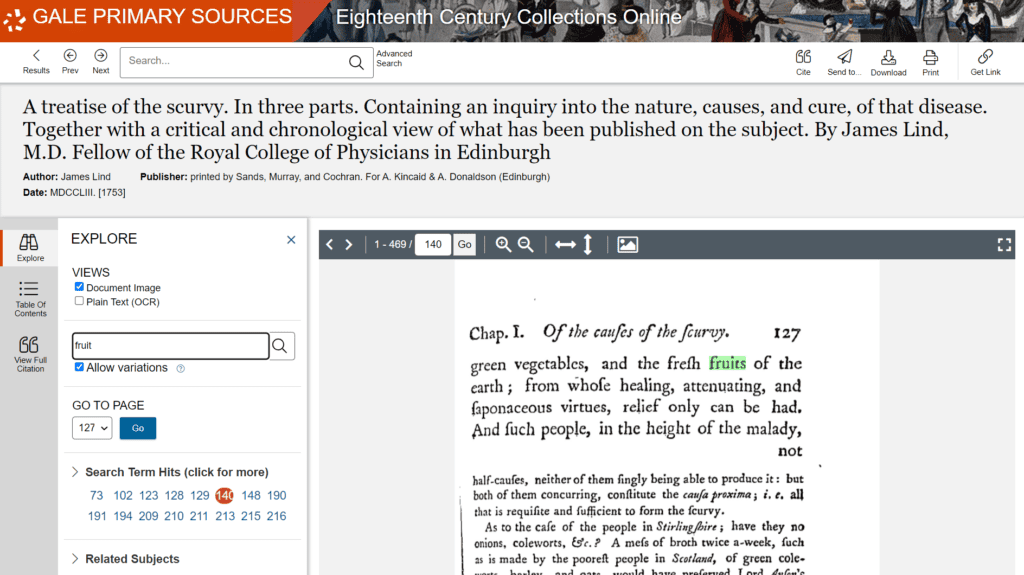
When I returned to the Advanced Search function, I had a clearer idea of the keywords I wanted to find. A combination of these methods helped me to compile a useful range of sources without being overwhelmed.
Utilise the tools available to fine-tune your selection and engagement with primary sources
Improving our use of primary sources is a necessary part of the jump from undergraduate to postgraduate, but it doesn’t have to be difficult. The fact that digital archives can make finding sources easier is perhaps obvious, but they also offer many different ways to find, approach and select sources. By making the most of Advanced Search functions, cross-searches, and resources like the Gale Digital Scholar Lab, we can choose sources with more care while still working fast enough to manage our many assignments.
If you enjoyed reading about ways to find and engage with primary sources at a higher level, you might like:
- How To Handle Primary Source Archives – University Lecturer’s Top Tips
- How The Gale Digital Scholar Lab Made Digital Humanities Less Daunting
- The Gale Primary Sources Learning Centres – A Student’s Perspective
- Using Primary Sources in Revision and Exam Preparation
- Free Speech in a “Post-Truth” Era – The Value of Digital Archives
Blog post cover image citation: Image by Daniel Thomas, available on Unsplash.com.


